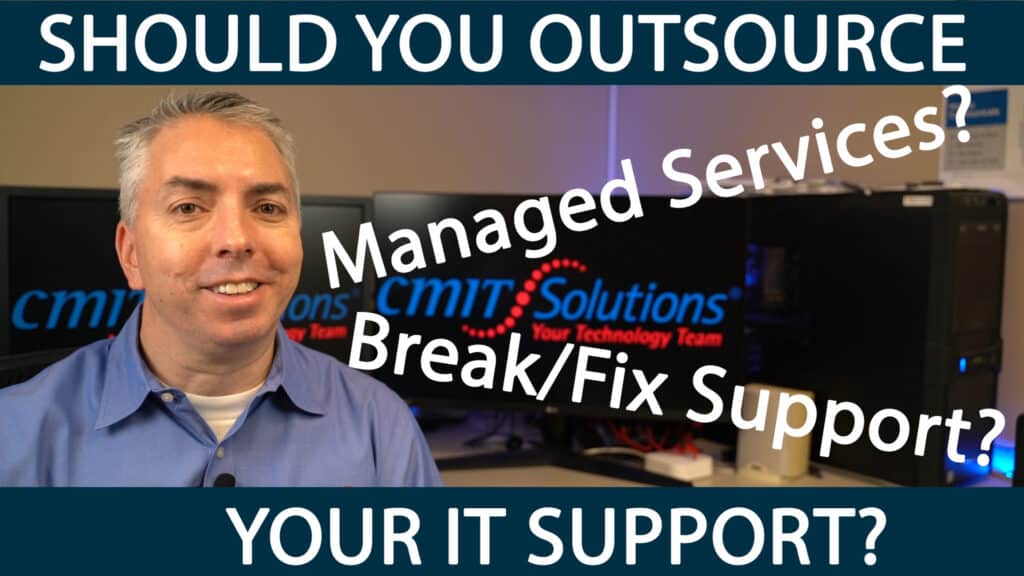As we step into 2025, the generative AI landscape is rapidly evolving—marked by monumental shifts in how technology and media companies operate, innovate, and govern AI systems. From groundbreaking text-to-image models to voice synthesis and video generation, generative AI is no longer experimental; it’s foundational. Businesses are being pushed to reevaluate infrastructure, policies, content pipelines, and even ethical norms.
This year represents a pivotal moment for CMIT Solutions of Oak Park, Hinsdale & Oak Brook and similar forward-looking organizations. With AI’s applications extending into content creation, customer interaction, cybersecurity, and productivity tools, it’s not just about deploying AI—it’s about preparing for its long-term governance, scale, and impact.
To stay ahead in this next phase, businesses must consider how AI can support not only creative output but also process efficiency, security, and innovation. As AI tools become smarter and more integrated, companies need structured implementation plans that account for training, oversight, and strategic alignment.
Evolution of AI Capabilities
Generative AI tools in 2025 are more context-aware, multimodal, and autonomous than ever before. These systems can:
- Draft contextual business content
- Generate hyper-realistic visuals and videos
- Create synthetic voices indistinguishable from real people
- Build code, diagrams, and knowledge graphs from brief prompts
These developments have enabled businesses to rapidly scale content production, support real-time decision-making, and enhance customer experiences through hyper-personalization. While the tools are more advanced, they also require robust governance models to avoid misuse or unintended consequences.
For example, deepfakes and manipulated content present a risk to brand reputation and public trust. Companies must proactively define boundaries for how generative outputs are reviewed, used, and integrated into customer-facing channels.
Key Industry Shifts in 2025
1. Convergence of Tech and Media Workflows
Tech companies are adopting media strategies, and media firms are investing in proprietary tech. Generative AI is enabling:
- Automated video editing and animation
- Personalized marketing content at scale
- AI-assisted journalism and reporting
These hybrid workflows demand new forms of IT guidance and security oversight.
2. Rise of AI Content Verification Tools
To counter AI-generated misinformation, companies are turning to:
- Watermarking technologies
- Metadata tracking for digital assets
- AI content detection systems
This trend aligns with cybersecurity strategies that emphasize data provenance and authenticity.
3. Ethical Redesign of Content Creation Pipelines
Creative teams are now integrating ethical checkpoints to evaluate:
- AI bias in storytelling
- Appropriation of likeness or culture
- Content risks to mental health or misinformation
This move echoes growing compliance with regulatory standards and public trust demands.
Organizations are now designing frameworks that review AI-generated content for inclusivity, diversity, and factual accuracy. This new approach not only protects brand integrity but also aligns with consumer expectations for ethical engagement.
Infrastructure Demands and the Role of IT Providers
To stay competitive, organizations must:
- Upgrade storage for large generative models
- Secure endpoints used in creative development
- Automate content monitoring workflows
- Adopt cloud platforms that can handle AI workloads
CMIT Solutions of Oak Park, Hinsdale & Oak Brook supports this transition with:
- Unified communication
- Network protection
- Scalable data backup and recovery solutions
With the increasing reliance on AI tools, business continuity also demands robust security protocols and hybrid cloud readiness. Infrastructure must not only support current AI models but also evolve to accommodate future developments.
Generative AI in Business Functions
In 2025, generative AI is being applied across:
- Customer Service: Personalized chatbots and FAQ responses
- Marketing: Visual asset creation, ad generation, SEO optimization
- Product Development: Concept modeling, documentation
- Compliance: Automated red flag detection and reporting
These applications reinforce the need for strategic IT assessments to avoid AI-related vulnerabilities.
As adoption grows, businesses must ensure that AI-generated insights align with strategic objectives and regulatory expectations. Regular audits, performance reviews, and ethical standards will become standard parts of AI governance.
Challenges Ahead
Despite the momentum, several hurdles must be addressed:
- Regulatory gaps around AI-generated content
- Data privacy risks from model training
- Bias amplification in unsupervised systems
- Tool standardization across organizations
CMIT offers advisory services that help businesses mitigate these challenges through endpoint control, content traceability, and responsible AI policy design.
As AI becomes embedded in critical operations, even small oversights in governance can result in significant brand, legal, or operational consequences. Organizations must implement systems that account for security, bias management, and ethical use at scale.
Future Outlook: Adaptive Intelligence
Looking beyond 2025, generative AI is set to:
- Merge with augmented reality and metaverse interfaces
- Power autonomous design and branding assistants
- Contribute to sustainability and supply chain modeling
Organizations that embrace this evolution today with resilient IT infrastructure and forward-thinking policies will lead the market in creativity and trust.
Generative AI’s next chapter involves not just automation but augmentation—helping humans think faster, communicate better, and create more intentionally. Businesses that treat AI as a partner rather than a tool will unlock its highest potential.
Conclusion: The Time to Prepare is Now
2025 is not just a turning point—it’s a proving ground. For enterprises in tech and media, the rise of generative AI means reinventing how ideas are created, shared, and secured.
CMIT Solutions of Oak Park, Hinsdale & Oak Brook is here to help your business navigate this transformational year with:
- Future-ready IT strategy
- Secure AI deployment environments
- Compliant data usage frameworks
- Proactive scalability and risk management
Generative AI is no longer optional—it’s inevitable. But your success depends on how you implement, monitor, and evolve it. Let’s shape the future, together.






